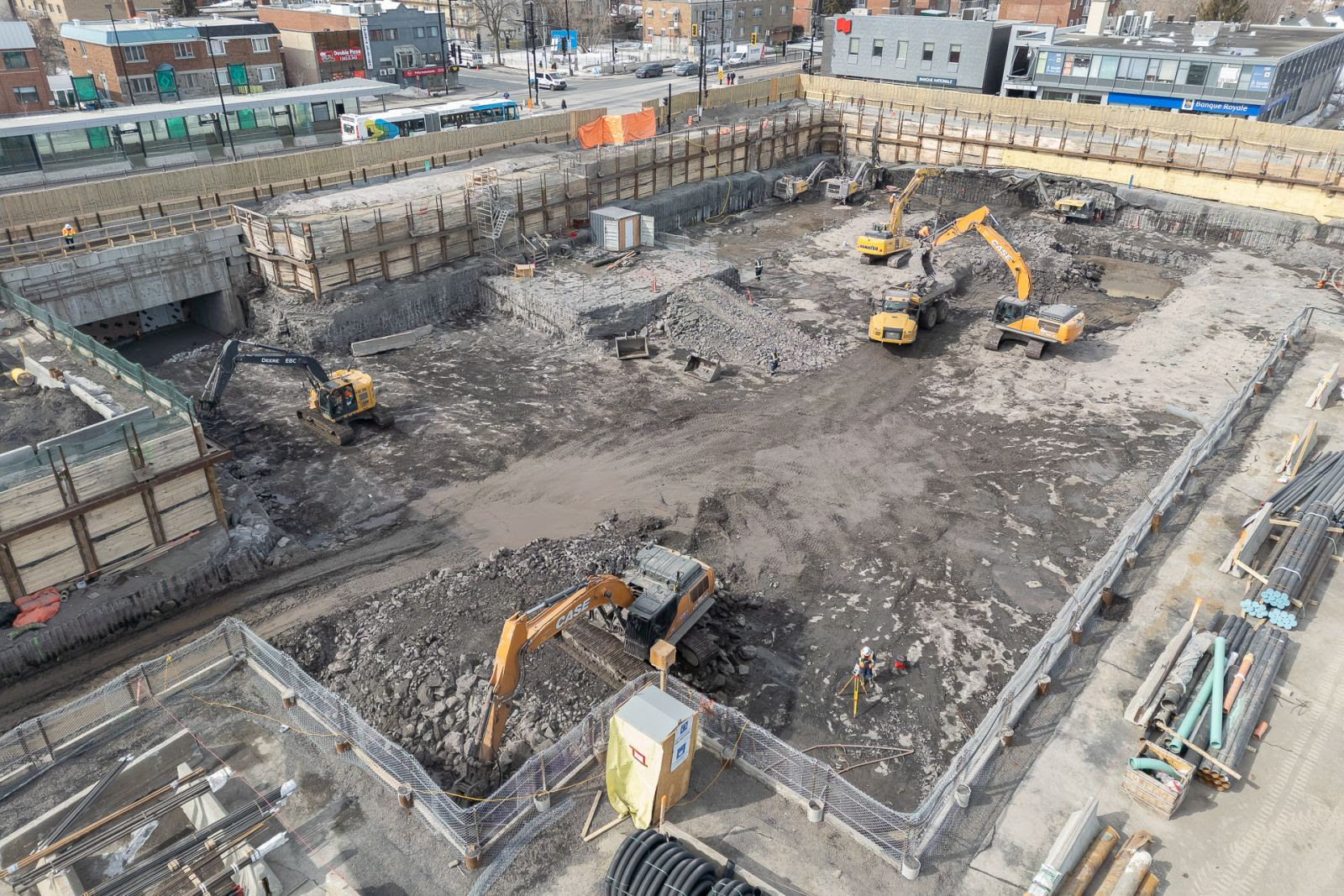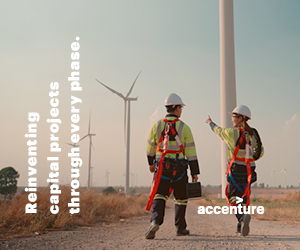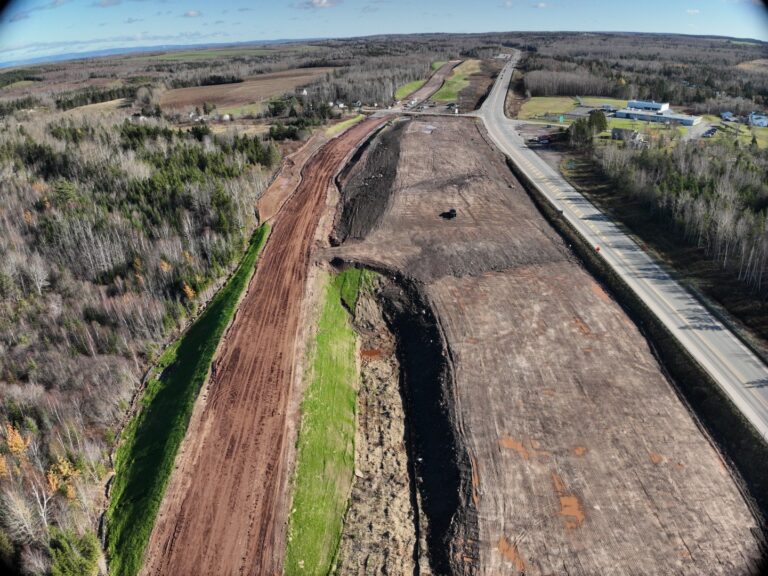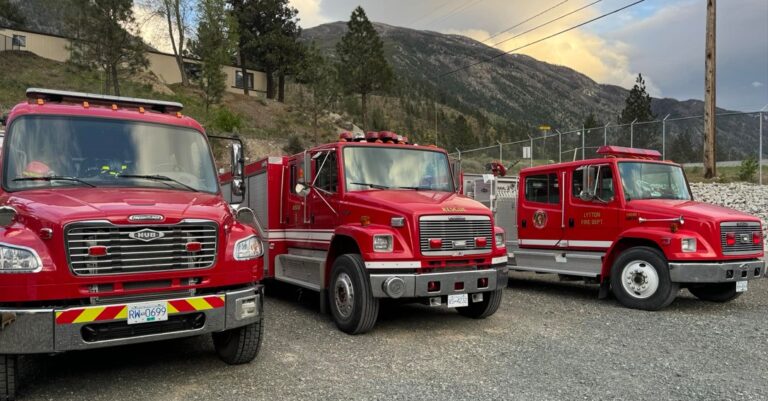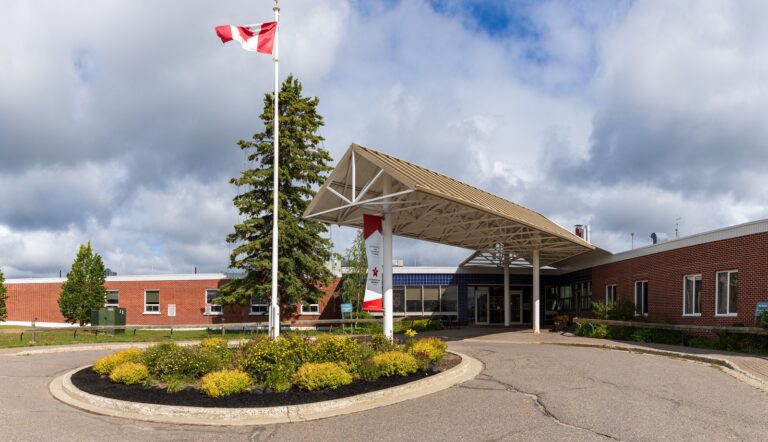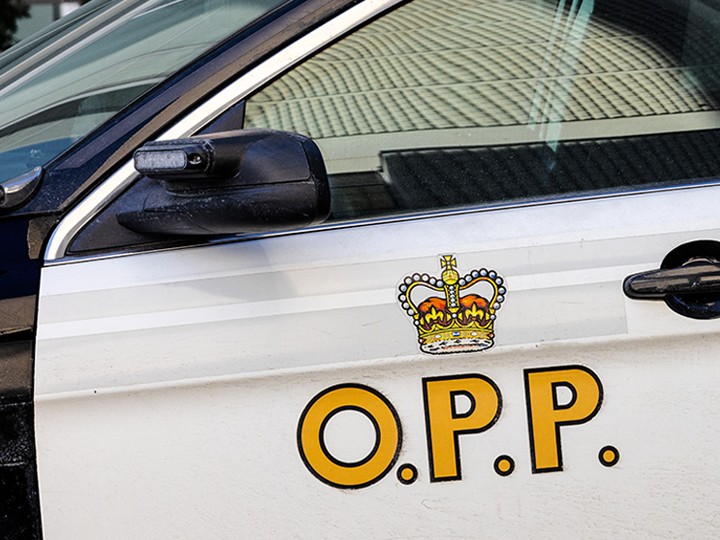The Société de transport de Montréal (STM) announced that the five future stations for the Montreal Blue Line Extension are now under construction.
Only a few months after the first site was started, excavation is now underway at all the new Blue Line station sites. This is a pivotal step in project delivery which requires rigorous planning, specialized technical skills and the mobilization of many stakeholders. Work is also underway at three sites where auxiliary buildings will stand, marking a concrete step forward in the field.
Because Montreal’s subsurface is essentially made up of very hard limestone, excavation is particularly difficult and inevitably noisy, especially for the first few weeks, when operations are closer to the surface. Measures have been taken at each site to limit nuisances, including the installation of noise abatement walls with rock wool acoustic insulation, white noise back-up alarm systems on trucks, and excavation techniques that reduce the use of jackhammers.
Much of the rock extracted will be transported to the nearby Saint Michel quarry. Saint Michel quarry was chosen for strategic reasons—it’s a short trip for the trucks, which will reduce greenhouse gas emissions. It also leaves the rock near at hand so it can be reused for future municipal infrastructure projects to enhance sustainability.
The Montreal Metro Blue Line Extension is No. 10 on ReNew Canada’s 2025 Top100 Projects report.
The Blue Line extension tunnel will be nearly eight kilometres long, including the tail tracks and the underground train garage in Anjou. The depth of the tunnel will vary between 20 and 40 metres, depending on factors like the quality of the rock. Variations in depth are also designed into the route for efficiency purposes. The stations are usually shallower, to facilitate passenger access. That also provides for the train to be going uphill as it approaches a station, which helps it slow down and saves wear on the brakes. The train also gets a boost when it leaves the station, since it’s going downhill and needs less energy to speed up. Auxiliary buildings are located midway between the stations at greater depths where runoff tends to collect. They’re operational buildings with pumps to remove water from the system.
Featured image: The Pie-IX construction site. Visible is the access to the underground tunnel that will connect the future station to the Pie-IX BRT. (STM)

